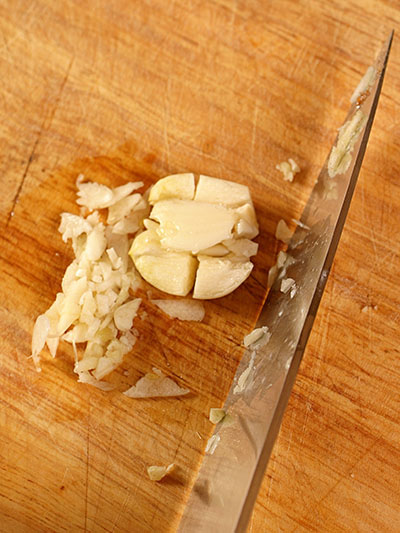It's been summer in Florida for a few months now (in season, if not by calendar), but nothing says summer like ribs. I lived in Atlanta for a decade, and barbecue always means pig in Georgia. There are heated debates about wet (sauce-slathered) ribs vs. dry (spice-rubbed) ribs, and a couple hundred years of heavily regional cuisine hasn't solved the debate....though dry ribs seem to edge out wet in Northern Georgia.
I've never been accepted as a Southerner by native Southerners because I was born in California (on an Army base), my family is from Nebraska, and have actually lived chunks of my childhood in the North, from Connecticut to Washington, DC. I went to college in upstate New York, which is heresy to the college-sport loving South. I've lived in Florida more than anywhere else in my life, but most of that was in middle and southern Florida, which true Southerners consider to be the North with more humidity. I have no Southern cred with the people who truly inhabit the South.
So, with my lack of qualifications, how do I solve the wet-dry dilemma? I dodge it, and do both.
Baby back pork ribs, with a guava barbecue sauce, with a side of fried plantain chips.

My favorite pork barbecue sauce is actually the vinegar and mustard variety more common in the Carolinas. However, there's a local restaurant that has guava barbecued ribs as a tapas dish, and there's a wonderful recipe for guava barbecue sauce in the CIA textbook (I have the 8th edition). I've made an altered version several times now, and though authentic vinegar-mustard can't be beat, I like to leave that to the experts, and experiment on my own with different approaches.
There are a lot of ways to get guava. The "ethnic" (is that a PC term now?) section of my grocery has a few types of Latin American guava. Juices, jellies, paste, etc. I like the paste because it's pretty concentrated, but that's also kind of something to watch. It's more concentrated than you would need in a single package. I use about a third of it. Along with that, the sauce is molasses, tomato paste, salt, black pepper, white wine, cumin, dry mustard, a red roasted jalapeño, garlic, and enough water to smooth it out a bit.












That will simmer for a half hour or so, then really, squirt a lime in and it's done. The whole sauce could be made a day or two in advance, and, like many things in the South, might actually benefit from sitting around, just getting mellow.
Preheat the oven to 275 (if 275 can be called heat).
For the dry-rub on the ribs, I blend kosher salt, black pepper, onion powder, garlic powder, cumin, paprika, and cayenne. Both sides get heavily sprinkled, then patted in with the rub. My grill outside gets set to high, and the ribs sear for maybe 5-8 minutes per side, until some nice crusty searing happens.





Now, here is where things get a little different. I line a baking pan with foil, absolutely coat the ribs, each side, with sauce, then cover the pan with foil to enclose the ribs, basically switching the debate from dry to wet. These will then go in the oven for about 45 minutes. The low heat and the steam will work magic on the ribs and make them wonderfully tender.

This isn't slow cooking in the traditional cook-from-sunrise-to-sunset pig-a-thon that some Southerners will do, but it works more than acceptably in suburbia. I actually picked up the grill-to-oven concept from my Polish grandmother, but she did it for years in Nebraska where barbecue means tough beef spareribs, and they always turned out tender. The sear-then-roast method works so well for pig, that I don't mind the over-use of hyphens in this paragraph.
So, as the pig roasts, I made the plantain garnish. There's really nothing to this. I peeled the plantain -- again, I prefer the yellow plantain as the flavor of ripe plantain has so many more layers than the green -- then mandolined into almost transparent slices, then deep-fried at 375 until crispy and dusted with kosher.




Out of the oven, the ribs were right at 180. Some like their pork at 165-170, and I've heard about 10 degrees to either side depending on paranoia and culinary personal quirks. I like right around 180 if it's slow cooked (meaning more than 30-40 minutes to get there) because there really is more bone than meat to ribs, and I find the meat will release a little more readily from the bone if the temperature near the rib is over 170.

Plating was barbecue simple -- a couple stacks of ribs, and a pile of chips.

Deconstruction: The sauce was wonderful. Tropical sweet, but spicy heat from the mustard, jalapeño, and garlic. Very thick and carmelicious. I like my rib-meat to be able to be pulled off the bone -- it doesn't fall off by poking at it, but you don't have to gnaw away at the rib to get the bits still clinging. Just lock on to some meat, pull back, and it sort of peels off, almost like a banana skin. I nailed it this time. If it doesn't just barely cling like that, an extra 5 or 10 minutes can mean a lot, especially if there's more than a single rack being cooked.